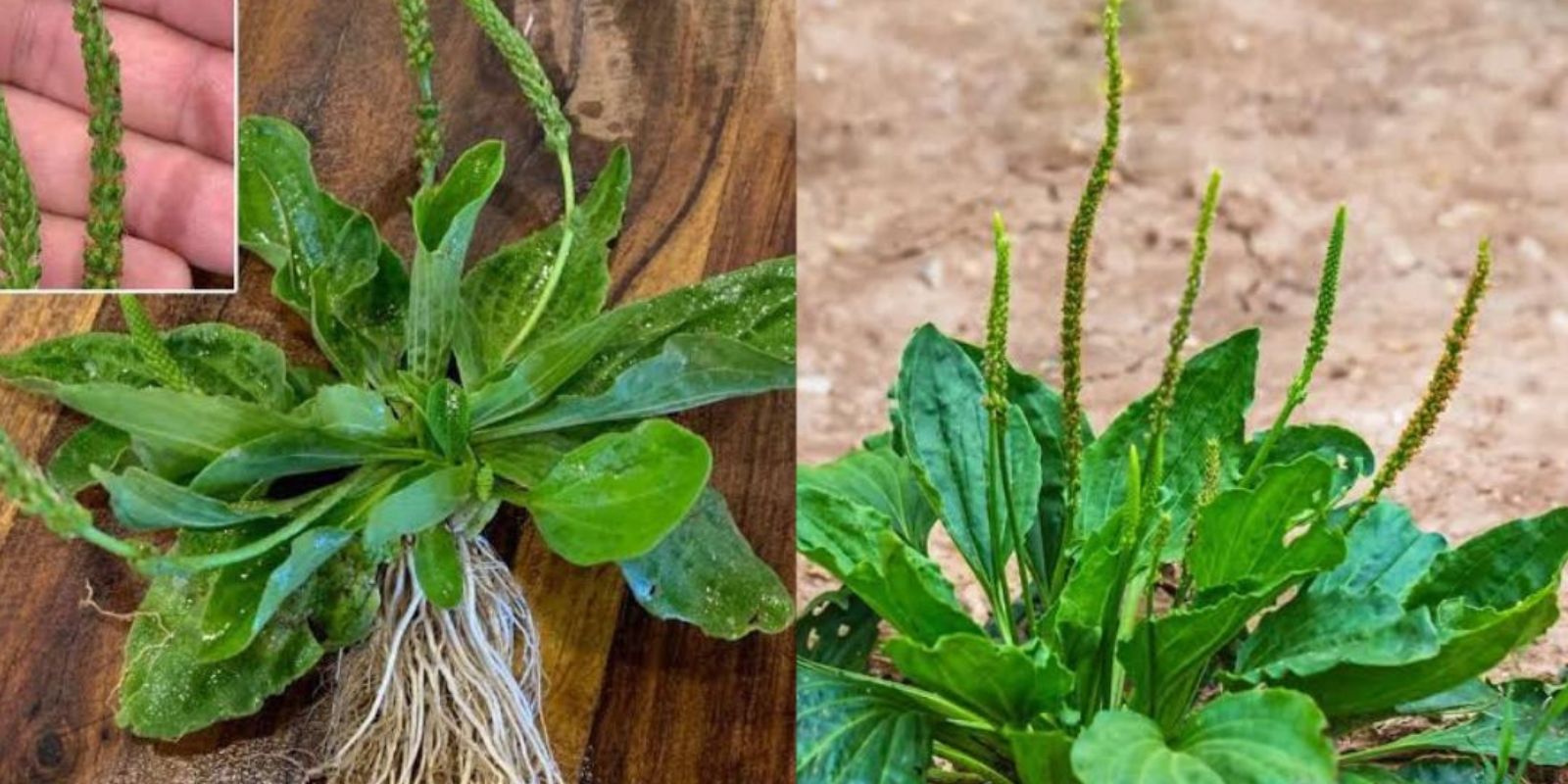When we think about plants, most of us immediately picture their fruits or flowers as the most valuable parts. However, for many plants, the true treasure lies in their leaves. Often overlooked, leaves are packed with nutrients, medicinal properties, and natural compounds that can benefit our health, enhance our gardens, and even enrich our meals. This article explores the myriad uses of these powerful leaves and how you can incorporate them into your daily life.
Understanding the Value of Plant Leaves
Leaves play a vital role in a plant’s lifecycle. They are the powerhouse of photosynthesis, converting sunlight into the energy that sustains the plant. Beyond this, they contain chlorophyll, antioxidants, essential oils, and vitamins, making them invaluable for human use. Whether used in traditional medicine, culinary arts, or gardening, leaves are nature’s gift that keeps giving.
1. Medicinal Uses of Plant Leaves
Leaves have been a cornerstone of natural medicine for centuries. Here’s how they can support your well-being:
- Soothing Skin Irritation: Many leaves, such as those from guava or neem plants, contain antibacterial and anti-inflammatory properties. Crushed leaves can be applied directly to cuts, burns, or insect bites for relief.
- Boosting Immunity: Herbal teas made from dried leaves, such as moringa or tulsi, are rich in antioxidants and vitamins that enhance immunity.
- Digestive Aid: Leaves like peppermint or papaya can soothe stomach issues, improve digestion, and combat bloating.
- Respiratory Health: Eucalyptus leaves, when boiled, release vapors that help clear nasal passages and ease breathing difficulties.
2. Leaves in Gardening
Leaves are not only valuable for human health but also play a significant role in sustainable gardening practices.
- Natural Fertilizer: Leaves can be used to create compost rich in nutrients. Simply collect dried leaves, crush them, and mix them into your garden soil. This improves soil texture and provides essential nutrients to plants.
- Pest Repellent: Many leaves contain compounds that repel harmful insects. For instance, neem leaves can be steeped in water and sprayed on plants to deter pests naturally.
- Mulching: Spread leaves over the soil surface to retain moisture, regulate temperature, and suppress weed growth.
- Soil Disinfection: Some leaves, like marigold or guava, have natural disinfectant properties that can reduce harmful nematodes and fungi in the soil.
3. Culinary Applications of Leaves
In the culinary world, leaves are a versatile ingredient that adds flavor, nutrition, and depth to dishes.
- Flavor Enhancers: Bay leaves, curry leaves, and kaffir lime leaves are staples in many cuisines, lending aromatic and flavorful notes to soups, stews, and curries.
- Edible Greens: Spinach, kale, and moringa leaves are nutrient-dense and can be used in salads, smoothies, or stir-fries.
- Sweet Additions: Some leaves, like stevia, are natural sweeteners that can replace sugar in drinks and desserts.
- Herbal Teas: Leaves from plants like chamomile, mint, or lemongrass can be steeped to create refreshing and health-boosting teas.
4. Crafting with Leaves
For the creatively inclined, leaves offer endless possibilities for DIY projects:
- Leaf Art: Use leaves as stencils for painting or as the base for pressed leaf artwork.
- Natural Dyes: Boil leaves to extract their natural colors for fabric dyeing or crafts.
- Decorative Mulch: Use colorful or uniquely shaped leaves to beautify garden beds.
How to Harvest and Store Leaves
To maximize the benefits of plant leaves, it’s essential to harvest and store them correctly:
- Timing: Harvest leaves in the early morning when they are fresh and dewy.
- Drying: Lay leaves flat in a shaded, well-ventilated area until completely dry.
- Storage: Store dried leaves in airtight containers in a cool, dark place to preserve their potency.
- Fresh Use: For immediate use, rinse leaves thoroughly to remove dirt and insects.
Specific Plants and Their Magical Leaves
1. Guava Leaves
- Rich in antioxidants and antibacterial properties.
- Aids in digestion and improves oral health.
- Can be used as a natural hair rinse for shiny, strong hair.
2. Neem Leaves
- Known for their medicinal properties.
- Effective in treating acne and skin irritations.
- Acts as a natural pesticide and soil disinfectant.
3. Mint Leaves
- Refreshing and aromatic, perfect for teas and desserts.
- Relieves digestive issues and freshens breath.
- Easy to grow in small spaces or containers.
4. Bay Leaves
- Adds depth to soups and stews.
- Enhances respiratory health when used in steam inhalation.
- Can be used to repel insects in storage areas.
Sustainability and Leaves
Using leaves aligns with eco-friendly and sustainable living. Instead of relying on synthetic products, leaves offer a natural alternative that reduces chemical usage and supports the environment.
- Compost: Turn garden waste into rich compost to minimize landfill contributions.
- DIY Remedies: Replace store-bought products with homemade solutions using leaves.
- Reuse: Collect fallen leaves for mulching or crafting instead of discarding them.
Incorporating Leaves into Your Routine
Leaves can seamlessly fit into various aspects of your life:
- Health: Sip on herbal teas or apply leaf-based remedies to common ailments.
- Gardening: Use leaves to improve soil quality, protect plants, and repel pests.
- Culinary: Enhance dishes with the unique flavors and nutrients of edible leaves.
- Crafts: Explore creative projects using the natural beauty of leaves.
Conclusion
The next time you encounter a plant, don’t just admire its fruits or flowers—take a closer look at its leaves. They are a treasure trove of benefits waiting to be discovered. From health and gardening to culinary and crafting, leaves are an integral part of nature’s toolkit.
💬 Have you tried using plant leaves in unique ways? Share your experiences and ideas in the comments!
📌 #NaturalHealing #GardeningHacks #PlantPower #EcoFriendlyLiving #DIYCrafts

